Is “Tsuyahime” Tasty? Characteristics and Cooking Tips of Japanese Organic Rice

Is “Tsuyahime” delicious?

It is said “Tsuyahime” is as good as “Koshihikari“, the representative of delicious rice!
The rice is a highly acclaimed brand of rice that has received an “Extra A” rating in the “Rice Taste Ranking”. Let’s check out the characteristics of “Tsuyahime”!
This article is about
- Is “Tsuyahime” organic?
- What are the characteristics of “Tsuyahime”?
- Is “Tsuyahime” tasty?
- What’s the best way to eat “Tsuyahime”?
- What is the point of cooking “Tsuyahime”?
- Why is it called “Tsuyahime”?
All “Tsuyahime” rice is organic or special cultivation rice
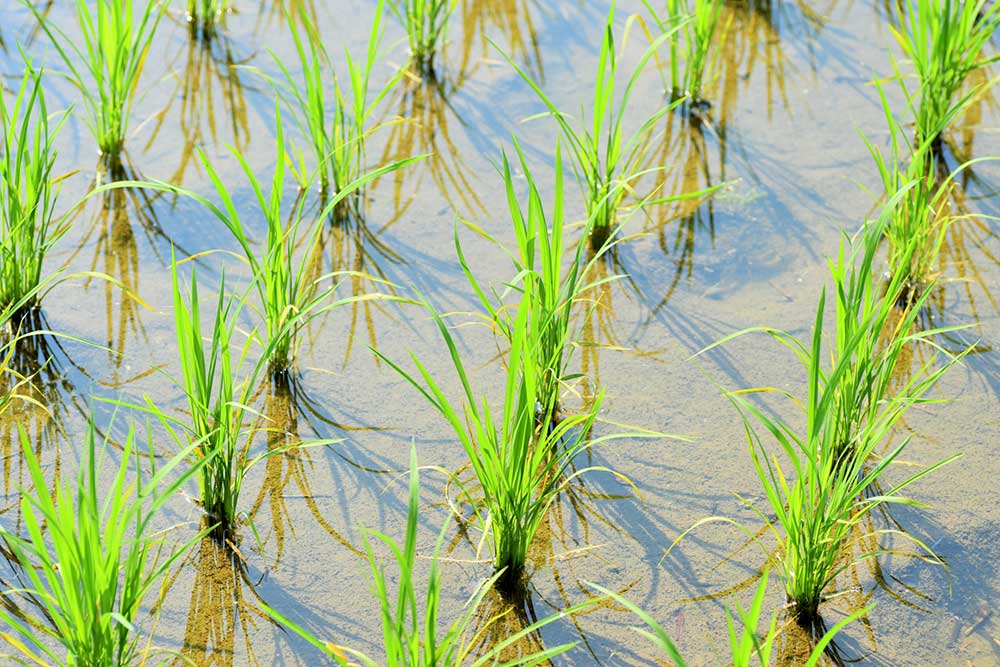
In order to become “the best tasting rice in Japan,” only rice that meets the following very strict conditions can be called “Tsuyahime“.
- Cultivated only in the optimum and suitable locations selected based on climatic and geographical conditions
- Cultivated only by farmers who have been certified based on cultivation conditions and experience
- Only organic rice* or special cultivation rice* (by third-party certification)
- Strict standards (brown rice with a crude protein* content of 6.4% or less for first- or second-grade rice*)
What is organic rice?
Organic rice is rice grown without the use of pesticides or chemical fertilizers and grown using the power of nature. Only rice that has passed the Japanese Agricultural Standards (JAS), established by the Minister of Agriculture, Forestry and Fisheries, has the “Organic JAS Mark”. And it can be called organic rice.
What is Specially Cultivated Rice?
Rice grown with less than 50% of the amount of pesticides and chemical fertilizers used in conventional cultivation methods.
What is first- and second-class rice?
After the rice is harvested, it is graded and inspected. A certain amount of brown rice is taken out and visually inspected for the shape of the grains, insect damage, etc. The most superior grade is first-class rice, and the second most superior is second-class rice.
What is crude protein?
When determining the percentage of protein, non-protein substances that cannot be removed are also measured. Crude protein is a measure of the approximate protein content. The higher protein content is said to result in less sweetness, hardness, and viscosity, and therefore poorer taste. Protein content can be controlled by the amount of nitrogen fertilizer used, so it depends on the grower’s cultivation methods.
Main production areas
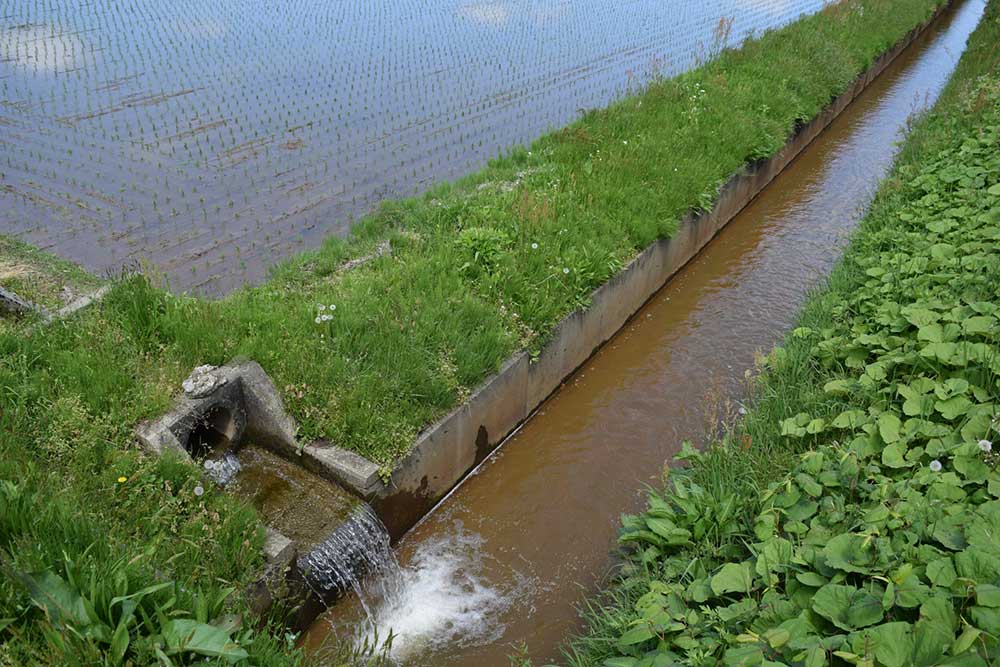
“Tsuyahime” is a brand of rice produced in Yamagata Prefecture.
Yamagata Prefecture is a famous rice-producing region with the Shonai Plain. Yamagata is also a snowy prefecture, with abundant spring water rich in natural minerals produced from the snow that falls in the mountains in winter. The climate, with its hot summers and cold winters, is ideal for rice cultivation, and the rich soil also contributes to the production of delicious rice.
“Tsuyahime” was originally produced in Yamagata Prefecture, but is also grown in Miyagi, Oita, Shimane, Nagasaki, and Miyazaki Prefectures.
Birth story

Yamagata Prefecture has long been a rice-producing prefecture, but in recent years, with the rise of Niigata, Akita, Miyagi, and other rice brands, the image of the prefecture as a rice-producing area has faded.
The “Tsuyahime” variety was created as a catalyst to restore the image of Yamagata as a rice production center, aiming to surpass the taste of Koshihikari rice. Artificial breeding began in 1998, and “Tsuyahime” made its debut in 2010.
The mother is Yamagata No. 70 of the Koshihikari type and the father is Tohoku No. 164. Tracing the ancestors further leads to the “Kame-no-o (亀の尾)” variety. This “Kame-no-o” is the root of many delicious rice varieties such as “Koshihikari”, “Sasanishiki”, and “Akita Komachi”, but in fact, this rice was born in Yamagata.
Therefore, “Tsuyahime” is truly a genuine Yamagata rice born in Yamagata.
Origin of the name
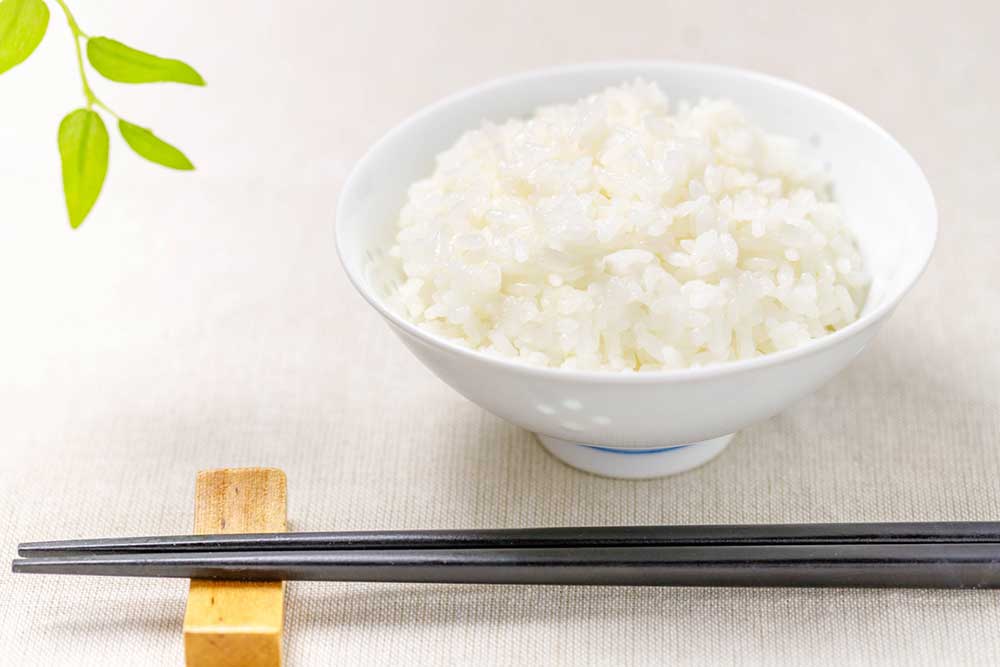
“Tsuya” refers to glossy whiteness, and “Hime” refers to the princess. “Tsuyahime” is a beautiful rice with a bright white luster after cooking. The name “Tsuyahime” is derived from the idea that such rice has been carefully nurtured.
Characteristics
“Tsuyahime” is said to have the following characteristics
- Taste comparable to Koshihikari
- The grains are all of the same sizes
- The rice has a beautiful luster after cooking
- The rice has sweetness and good flavor
- The grains are firm and smooth
- Tastes good even when cold

“Tsuyahime” has a strong sweetness!
Received an “Extra A” rating in the “Rice Taste Ranking”
The “Tsuyahime” rice produced in Yamagata Prefecture has received the highest ranking of “Extra A” for seven consecutive years since 2010 (2010) in the “Rice Taste Ranking” published by the Japan Grain Inspection Association.
“Tsuyahime” produced in Miyagi Prefecture has been awarded “Extra A” for seven consecutive years since 2013, and rice produced in Shimane Prefecture has been awarded “Extra A” five times since 2014, and rice produced in other prefectures have also received high evaluations.
What is “Rice Taste Ranking”?
“Rice Taste Ranking” has been conducted annually since 1971. In the test, a blend of Koshihikari rice from multiple production areas was used as the reference rice and compared to the variety from the area under the test.
The rice is evaluated as follows: “A'” for rice that is generally equivalent, “extra A” for rice that is particularly better than the standard, “A” for rice that is good, “B” for rice that is slightly inferior, and “B The results are compiled and published as a taste ranking every year.
A delicious way to eat
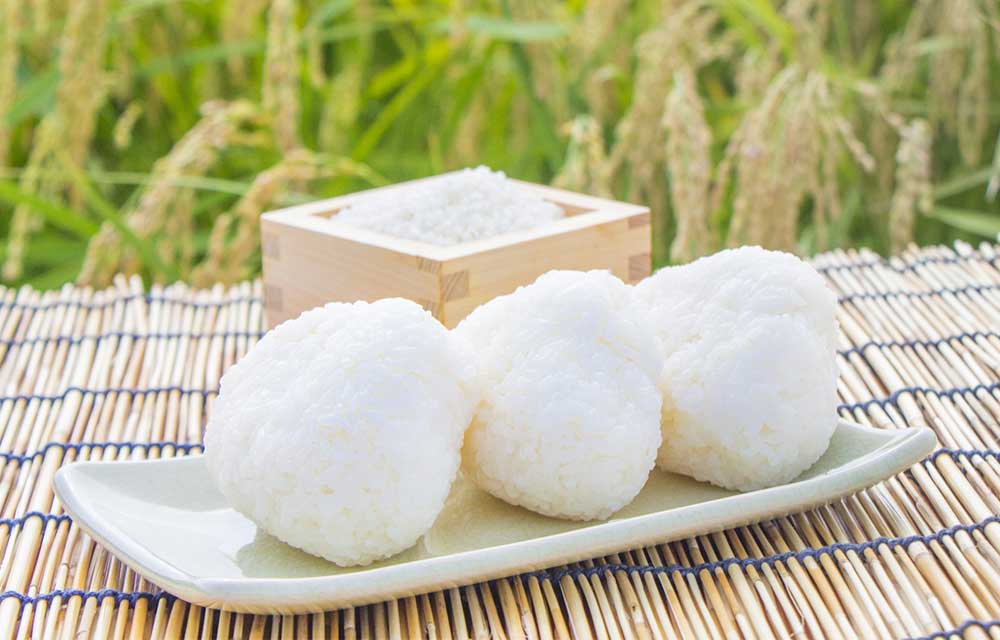
The sweetness and flavor of “Tsuyahime” rice are so strong that you can enjoy the true taste of the rice as it is. It is delicious even when cold, so you can also enjoy the delicious taste of the rice by simply serving it with a salted rice ball.
If you eat it with something, it is recommended to eat it with light Japanese side dishes so that you can enjoy the original taste of rice. It would also go well with Yamagata’s local dish “dashi“.
On the other hand, because of its stickiness, it is not suitable for dishes that require seasonings, such as fried rice and takikomi-gohan (rice cooked with vegetables, mushrooms, meat, etc.).
Cooking Tips
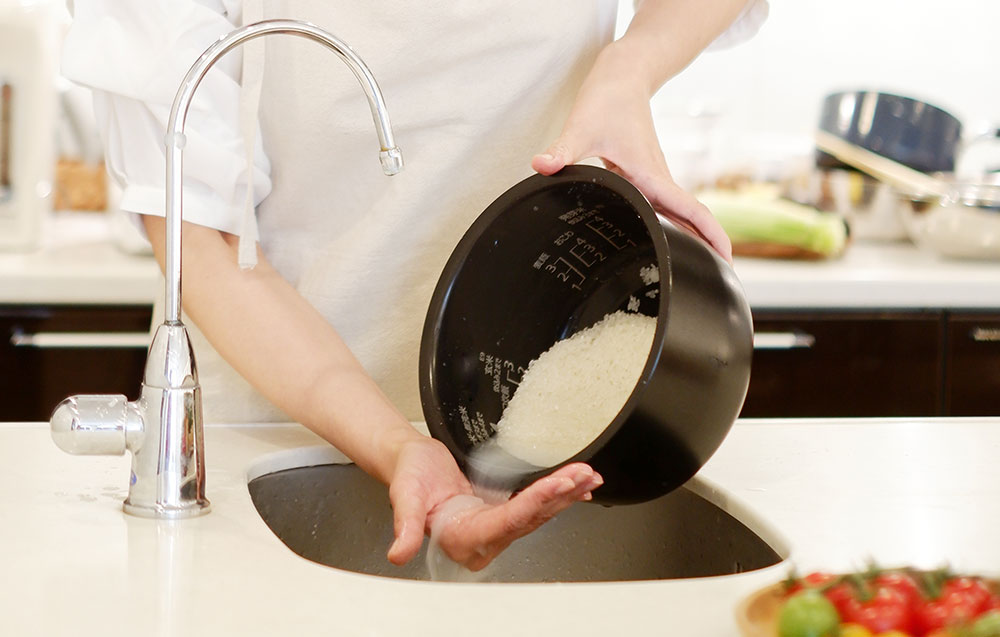
(1) Soak the rice in water for at least 30 minutes
Soaking rice in water thoroughly before cooking will allow the rice to absorb the water and become fluffy. The standard is 30 minutes in summer and 60 minutes in winter.
(2) Less water is recommended
To enjoy a good stickiness, it is recommended to cook rice with a little less water. However, everyone has their own preference for the hardness of rice, so please find the amount of water you like.
(3) Steam for 10 minutes
It is tempting to eat the rice immediately after it is done cooking, but please be patient. Turn off the heat and let it steam for 10 minutes before eating. The rice will be fluffy and delicious.
The market price
The approximate price of “Tsuyahime” is as follows in Japan.
- 2 kg (4.4 lbs): 1,700 – 2,000 yen
- 5 kg (11 lbs): 2,500 – 3,500 yen
- 10 kg (22 lbs): 4,500 – 5,500 yen
Summary
- “Tsuyahime” has passed the strict requirements for organic and special cultivation
- The rice has a beautiful luster after cooking and has strong sweetness and flavor
- Recommended to eat it as it is or as a salted rice ball
- Prices range from 2,500 – 3,500 yen for 5 kg (11 lbs) to 4,500 – 5,500 yen for 10 kg (22 lbs)

Also check out “Yukiwakamaru“, the younger brother of “Tsuyahime“, which is said to have a “new texture”!
Japanese New Texture Rice “Yukiwakamaru” Characteristics and cooking tips
 コメント
コメント
 ホーム
ホーム 2023年2月2日
2023年2月2日


